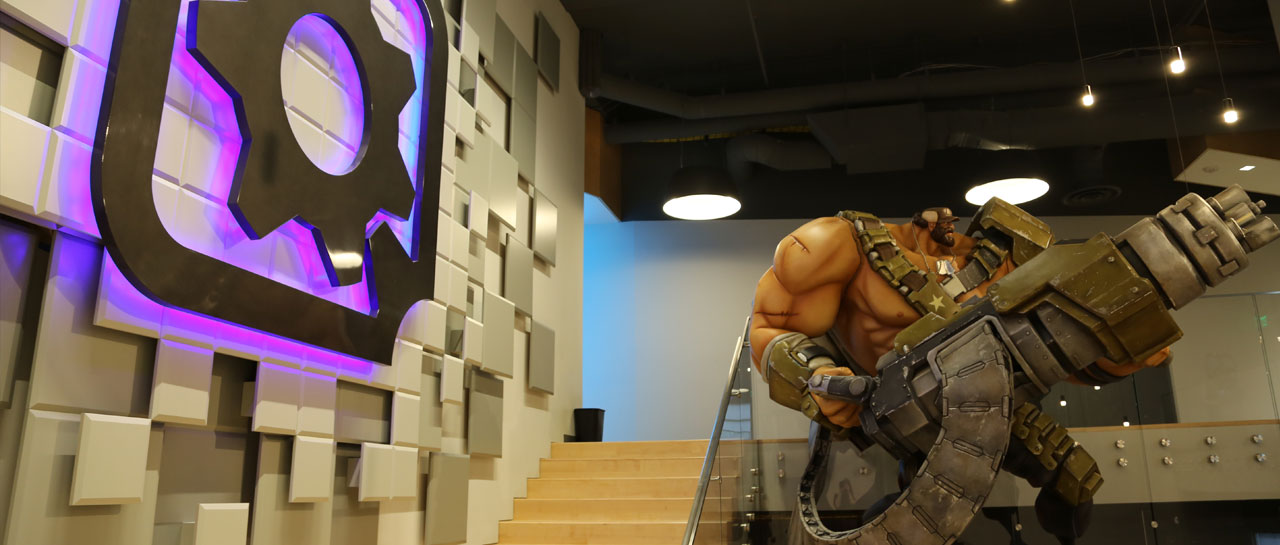The world of travel and museums will welcome visitors again. When it does, an attraction unique in the United States will finally reopen in Milwaukee to record the tragic and violent struggles of African Americans in the U.S.
Amidst the ongoing grind of Covid-19, the reemergence of America’s Black Holocaust Museum is on hold until later this year. It’s staying in touch with the public and its supporters via its social media accounts and a virtual presence online.
In the midst of ongoing Black Lives Matter protests, America’s Black Holocaust Museum in Milwaukee … [+]
The institution was originally opened in 1988 by, at the time, the only known survivor of an American lynching, the late Dr. James Cameron. In the words of its founders, the Black Holocaust concept exists to build “public awareness of the harmful legacies of slavery and Jim Crow in America,” while promoting racial repair, reconciliation and healing in the hope of building a society “that remembers its past in order to shape a better future.”
Though the properly closed in 2008 due to funding issues, the summer of 2020 was supposed to be the end of a more than decade long struggle to reinvigorate and reopen the Black Holocaust Museum in Milwaukee. The Coronavirus and related lockdowns put all of that on hold.
Before finding its new brick and mortar home in the Bronzeville section of Milwaukee, the museum reestablished itself as an online virtual attraction in 2012. According to the museum’s current CEO, Dr. Robert Davis, the ABHM is relying on that strong virtual presence to stay vibrant now that the Coronavirus forced the real world opening back several months.
“COVID 19 has effected each and every aspect of our lives,” Davis says. “As it relates to America’s Black Holocaust Museum, it has delayed our grand reopening — yet it has given us more time to reflect on our vision.”
Davis, a board member of the Association of African American Museums, was formerly the president and CEO of two other museums — the Dubuque County Historical Society and the National Mississippi River Museum and Aquarium. He holds a doctorate in veterinary medicine and was president and CEO of the Zoological Society of Milwaukee before taking on the challenge of bringing the ABHM back to the city.

Ongoing racial tensions and confrontations between police and Black Lives Matter protesters play as … [+]
He adds the museum kept in touch with the public via newsletters, virtual tours and consistent news updates via its online presence. Social media plays a huge role in that communication effort as the ABHM maintains active Facebook, Twitter and YouTube pages.
While future visitors stay involved online, Davis and his staff work to make certain the new American Black Holocaust Museum is here to stay upon its official, post-Covid reopening: “We will prepare for the future museum in the physical virtual expanse while we solidify our financial position”


/https://specials-images.forbesimg.com/imageserve/5f7411ba3a2267968f9cbc78/0x0.jpg)










